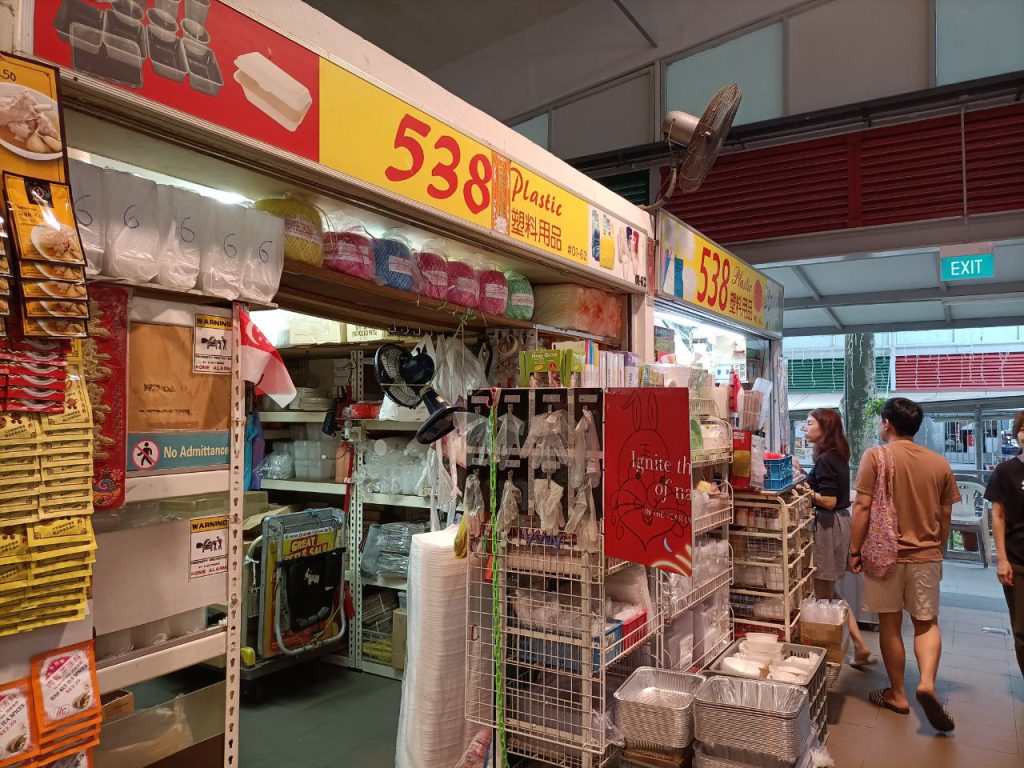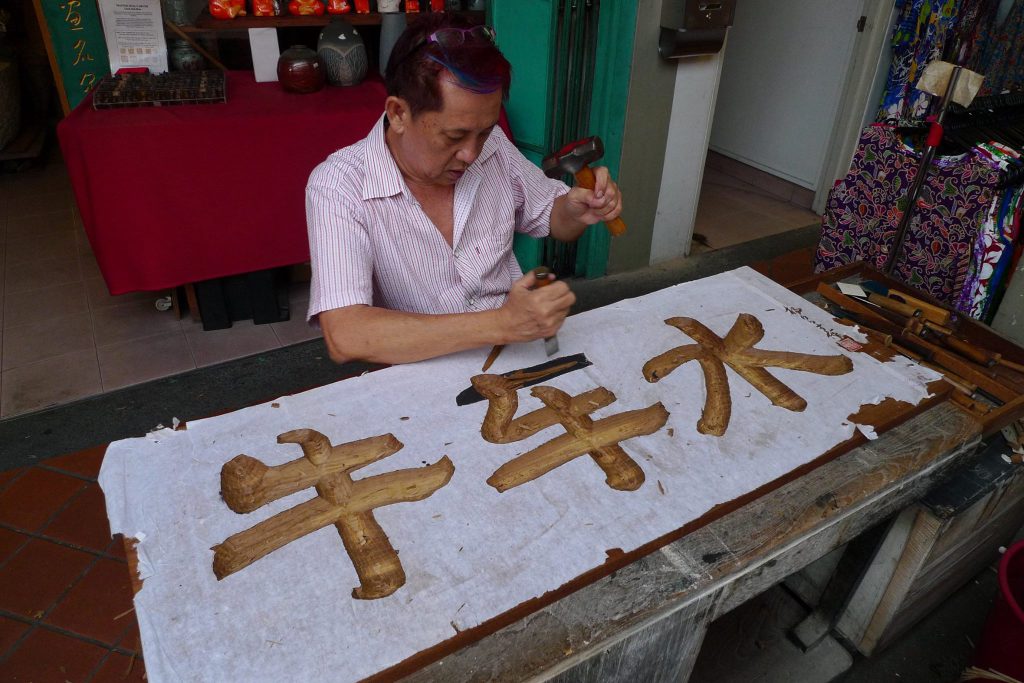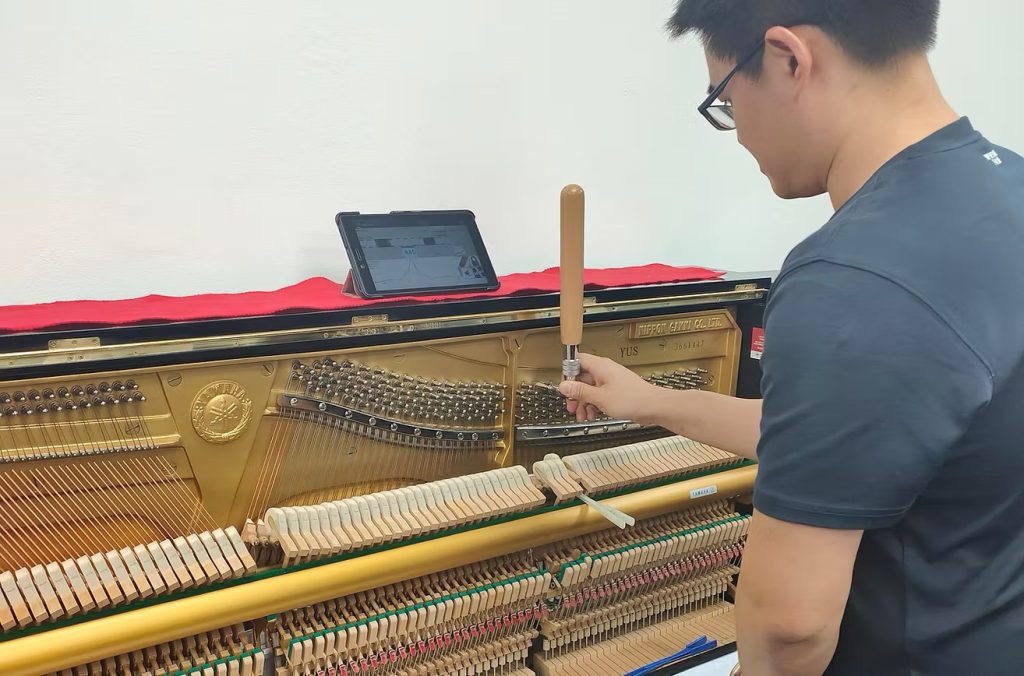As automation and convenience have become the cornerstones of modern living, many of us can now get almost anything we need with just a few taps on our phones or by walking a mere five to ten minutes from home.
While some business models have successfully evolved to match the change in consumer behaviour, others haven’t been as lucky. A handful of trades have found themselves getting left behind, and while some have been widely covered by the local press, today, we’re spotlighting those that have quietly died or are slowly fading in Singapore.
1. Street barbers
An old trade that has quietly died out in recent years is street barbering, as exemplified by Tan Boon Kee, Singapore’s last street barber, who officially retired in 2022 at the age of 77.
Tan spent almost three decades offering S$6 haircuts in a modest tent at a quiet alley at Aliwal Street. Despite his age, he had previously expressed a desire to continue working for as long as possible and had become a well-loved figure among locals.
Sadly, his clientele decreased over the years as people preferred to patronise modern, air-conditioned salons. And with no successor, as neither of his sons wanted to take over his shop, the street barber trade in Singapore came to an end with Tan.
2. Trade shops
Commonly found in wet markets, trade shops sell basic commodities such as water taps, sponges, and plastic takeaway boxes, and are typically owned by the elderly.
While the declining number of wet markets has made local news headlines, much less has been said about these stores. In the markets I’ve visited, they tend to attract only a handful of customers.

Two stallholders I spoke to at Blk 538 Market & Food Centre and Blk 216 Bedok Food Centre & Market shared that business has slowed down over the last couple of years, as more people have opted to shop at nearby supermarkets instead.
A Sheng Siong outlet sits close to the former, while NTUC FairPrice is just a short walk from Blk 216. These supermarkets can now be found in almost every neighbourhood, with convenience and comfort perhaps serving as their biggest draw.
Today, FairPrice serves more than 500,000 daily shoppers, and Sheng Siong has 75 outlets islandwide as of the end of 2024.
3. Traditional Chinese signboard makers

Once coveted by businessmen as symbols of good luck and prosperity, only one traditional Chinese signboard maker, Yong Gallery, remains in Singapore.
Its owners, Yong Cheong Thye and Cheh Kai Hon, shared in a previous interview that signboard making was a “thriving industry” when they opened in 1986. However, as the years went by, cheaper factory-made signage has overshadowed them, and they now receive only about a dozen customers per year.
Despite that, the master calligrapher and woodmaker duo added that the business continues to survive as Chinese signboard making is included in Singapore’s intangible cultural heritage list—a register that offers government protection to endangered rituals, crafts, knowledge and skills.
But this register may only offer temporary relief for the business, and without a successor, the city-state risks losing a unique cultural practice in the future.
4. Streetside cobblers
For any Singaporean living in the heartlands, there used to be at least one street-side cobbler uncle or aunty that they would turn to for shoe repairs, often at a negotiable price.
One of the most popular areas where street cobblers used to cluster is in Chinatown, more specifically right outside the People’s Park Complex, which is informally known as “Cobbler Square.” With their makeshift booths, the way of business has not changed since the 1950s.

These cultural pillars have since decreased in number over the years, due to old age and illness, with no one to take over their booths. Upon visiting Cobbler Square on a typical Monday afternoon, only three cobbler uncles had their booths open, silently mending shoes as people passed by.
As there are fewer street-side cobblers in the city-state, it may only be a matter of time before cobbler chains, such as Minister Minit, become our only option for fixing our broken heels and soles.
5. Piano technicians and/or tuners

Piano tuning is a niche profession that one might not be familiar with unless they own a piano at home or have a music background.
It’s a career that requires years of practice and involves more than just identifying the correct pitch and octaves, according to Kelvin Tan, an accountant-turned-piano technician. As a result, many trainees pursuing this path often become impatient and leave halfway.
“There is no shortcut to what we do because it is all accumulated from experience. It can take years to hone even a small aspect of the skills required,” said Tan in a 2022 interview with South China Morning Post.
Timothy Leong, a freelance piano tuner working at Yamaha Music Singapore, noted a similar trend. He shared that piano tuners are often viewed as a blue-collar job, which younger Singaporeans are not inclined to pursue due to their higher levels of education.
That said, Timothy also pointed out that while the number of piano tuners may decline in the future, he doesn’t believe the trade will become obsolete; instead, the industry needs to attract passionate individuals to carry it forward.
- Read more stories we have written on Singaporean businesses here.
Featured Image Credit: Amsyar Ashaary/ Yong Gallery via Facebook/ Music Lodge
Great Job Jayme Teo & the Team @ Vulcan Post Source link for sharing this story.


